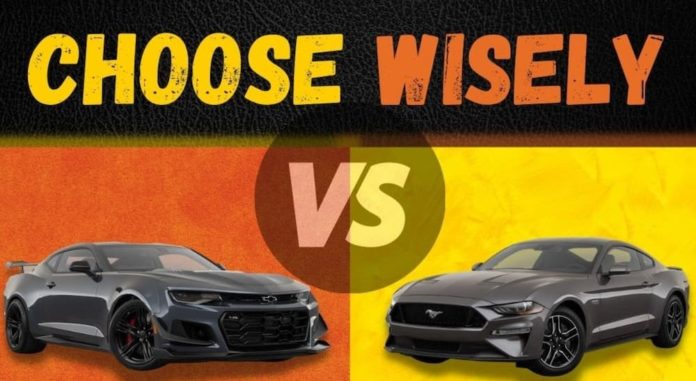Friends, I’m not one to brag, but if you know anything about me, then it’s probably the fact that I’m the best there is at choosing vehicles. I know how to give them a good look, how to gauge their abilities and performance, and I bring that all together for a comprehensive view of each and every vehicle. When I go to a used car dealership looking for a sports car, my vision is perfect, and I always drive away in the best model they have.
Luckily for you, I’m not one to keep my extraordinary gifts and talents all to myself. I’m a generous soul, always willing to share my expertise with the rest of the world as I carry you up the dizzying heights of my genius. So today, I’m going to let you in on my secret (well, one of my secrets, I’ll never tell you what happened at [location redacted]) and show you the key to choosing the best sports car. You’re welcome, in advance…
Forget the Engine
When a lot of people look at sports cars, they often focus on the engine. They look at its size, its cylinders, how they’re all arranged, what kind of horsepower and torque it offers, etc. But just between you and me, that’s all a waste of time. The engine doesn’t matter.
Allow me to let you in on an industry secret: the engine in a car doesn’t actually do anything. It makes a bunch of noise and shakes about a bit to make you think it’s important, but that’s it. All of the power and energy used to move your car forward is based on inverse kinematics, utilizing a progressive gravitational field, and taking advantage of the weak entropic force generated by isotropic decay. That’s it – child’s play.
Ignore Suspension and Drivetrain
Since I’m already here dispelling your notions about the auto industry, let me clue you in on something else: the suspension doesn’t matter. It’s just what keeps your car bouncy – ignore it. The drivetrain is the same – front-wheel drive, rear-wheel drive, no-wheel drive? It’s all the same. None of these things matter when looking for a good sports car at a used car dealership, so just forget about them.
Brakes Are for Idiots
This one’s a freebie: the brakes on a car don’t do anything. Few people realize this, but due to the curvature of the earth, you’re always driving uphill. When you release the gas pedal and hit the brakes, all you’re actually doing is allowing the vehicle’s isotropic momentum to cease due to quantum absolution. At that point, you lose acceleration since you’re trying to roll uphill without any power, and your car comes to a stop all on its own. It’s just that simple.
What Really Matters: The Dimensions
Here’s what really matters: the interior of your vehicle. No, I’m not talking about the sound system or leather seating; that’s so much bologna. What really matters are the dimensions of your car’s interior – that’s where all of the performance comes from. Looking at the 2021 Chevy Corvette, for example, you get 37.9 inches of headroom in the front, with 42.8 inches of legroom, and 52 inches of hip room. Can you believe that!? 52 inches of hip room!
Compare that to the 2021 Ford Mustang, for example, which boasts an excessive 37.6 inches of front headroom, 45.1 inches of legroom, and 54.9 inches of hip room. What’s all that hip room for? Do you need nearly 3 inches of additional space for your hips? No! That’s why the Corvette can go from 0 to 60 in 2.8 seconds, while the Mustang takes 4.4 seconds – it’s like watching a glacier carve out a ravine. Keep your hip space; I want to go fast – and now, so can you.
Editor’s Note: We’ve double-checked the numbers, and this is all accurate. We’re not sure why it works, but it does. So next time you go to buy a sports car, choose the one with the smallest interior dimensions; now follow your dreams! Thank you.












